
“When a single leaf falls, one knows that autumn has arrived across the land.” As the autumn wind gradually picks up, the leaves fall, and the earth is tinged with a layer of golden hue, we welcome the tranquil and beautiful autumn season. Autumn is a season when nature transitions from exuberance to inwardness, and it is also a crucial period for us to nourish and regulate our body and mind. Moxibustion, as an ancient and effective traditional Chinese medical therapy, can play a unique role in the autumn season.
Ⅰ、The Characteristics of Autumn and the Changes in the Human Body
The climate gradually cools down in autumn, and the humidity in the air decreases, presenting the characteristic of “dryness”. During this season, the human body will also undergo some changes accordingly. From the perspective of traditional Chinese medicine, autumn corresponds to the lungs. The lungs govern qi, are responsible for respiration, and are externally connected to the skin and hair. At this time, the qi of the lungs in the human body is relatively strong, but at the same time, it is also easily affected by the autumn dryness, resulting in symptoms such as dry mouth, dry throat, coughing, and dry skin. In addition, as the yang qi gradually withdraws and the yin qi gradually grows in autumn, the human body’s metabolism will gradually slow down, making people prone to feeling tired and fatigued.
Ⅱ、The Benefits of Moxibustion in Autumn
Moisten the lungs and relieve cough
In autumn, the dry pathogen is likely to damage the lungs. Moxibustion on the acupoints along the Lung Meridian, such as Feishu (BL13), Taiyuan (LU9), Chize (LU5), etc., can moisten the lungs and relieve cough. The warm and hot stimulation of moxibustion can promote the circulation of qi and blood in the lungs, enhance the function of the lungs, and alleviate symptoms such as coughing and dry throat caused by autumn dryness.
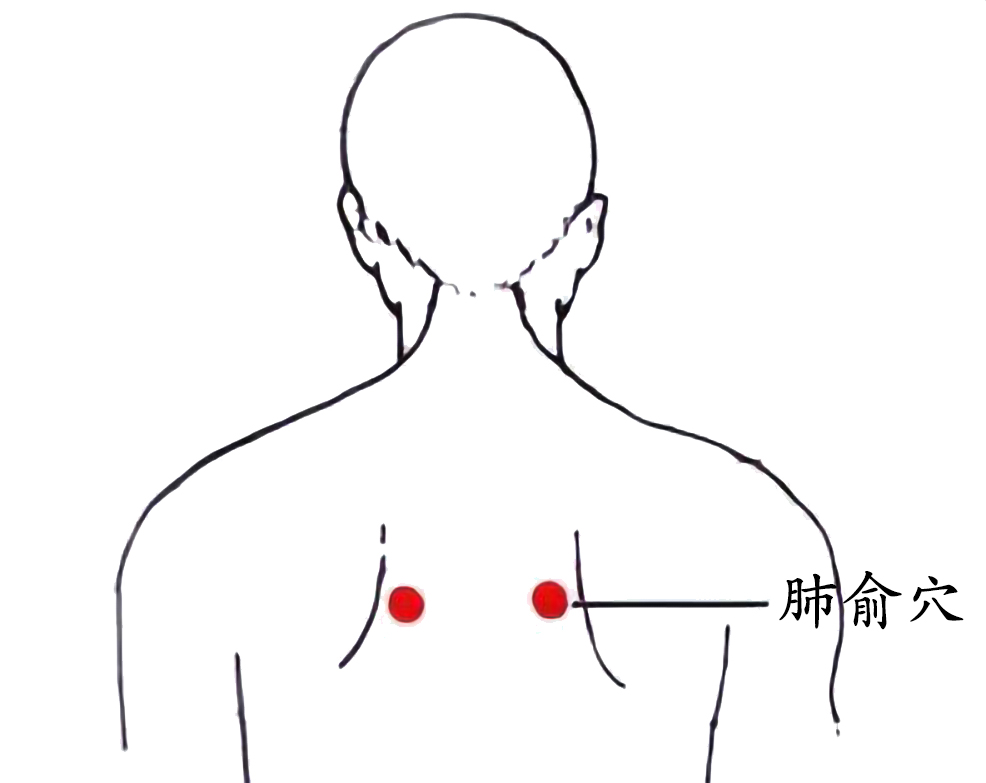

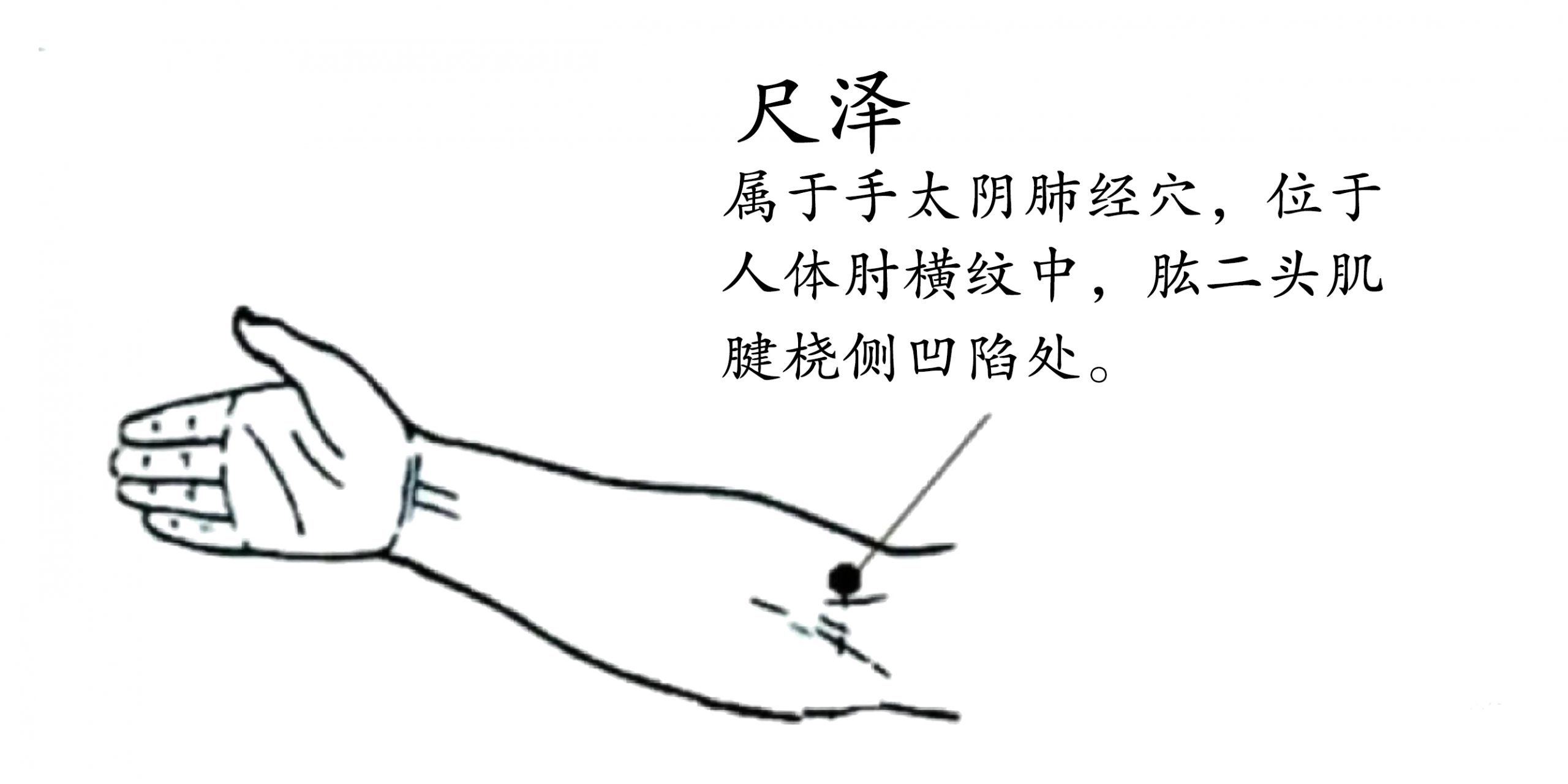
Invigorate the spleen and nourish the stomach
After the consumption in summer, the functions of the spleen and stomach of the human body are often relatively weak in autumn. Moxibustion on acupoints such as Zhongwan (CV12), Zusanli (ST36), Pishu (BL20), etc., can invigorate the spleen and nourish the stomach, promote digestion and absorption, and enhance the body’s resistance. Moxibustion can also warm the spleen and stomach, and relieve discomforts such as stomachache and abdominal distension caused by deficiency-cold of the spleen and stomach in autumn.
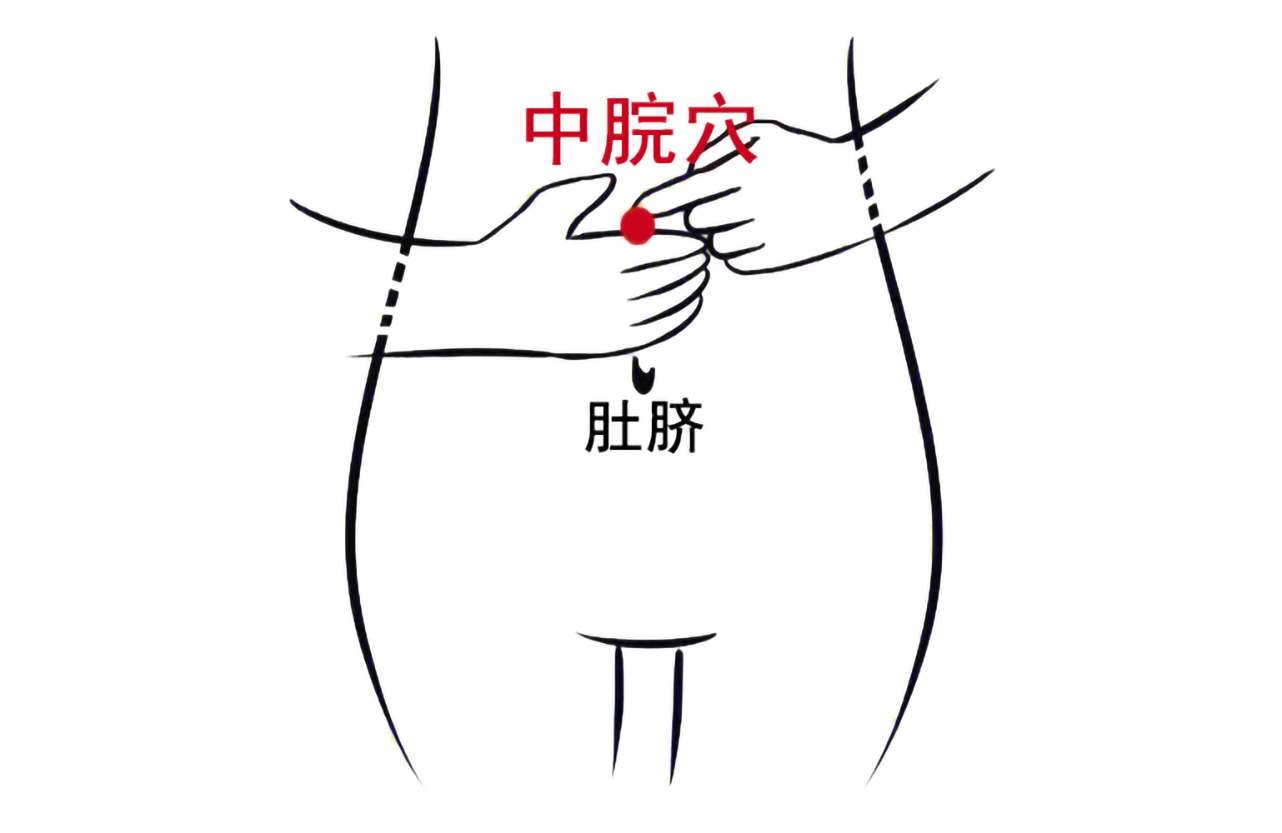
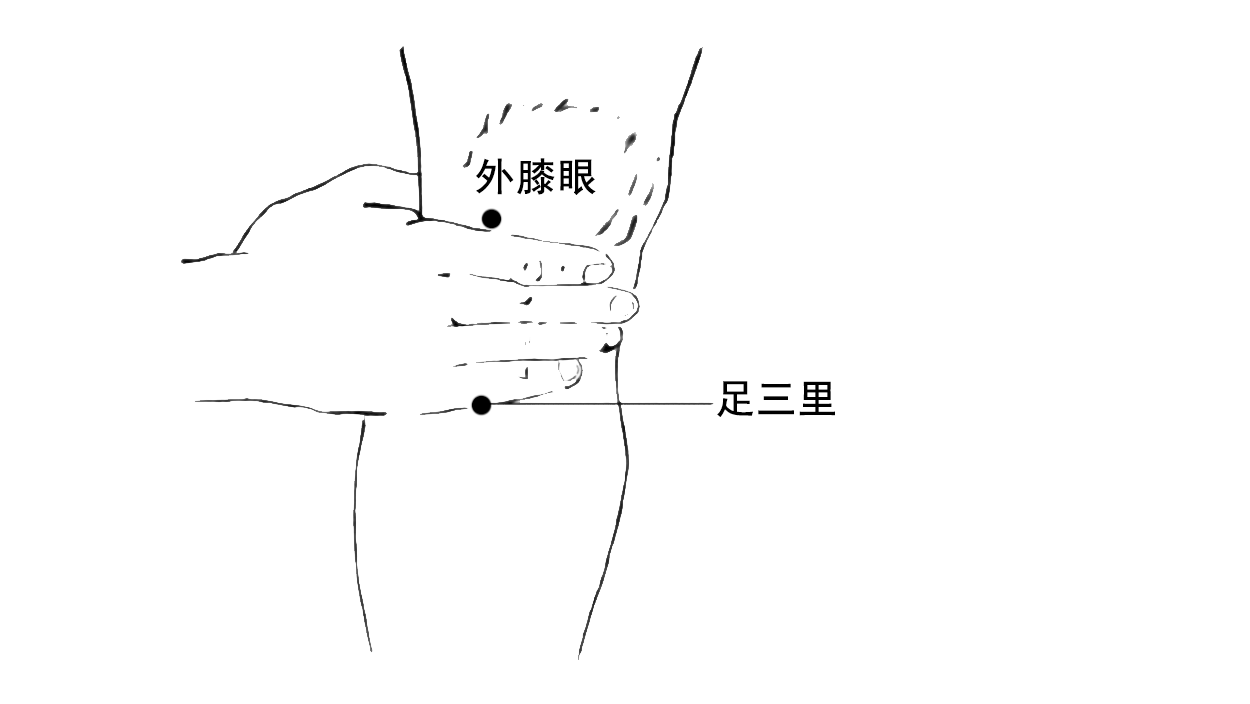

Nourish yin and moisten dryness
The climate in autumn is dry, which can easily lead to a deficiency of yin fluid in the human body. Moxibustion on acupoints such as Guanyuan (CV4), Qihai (CV6), and Sanyinjiao (SP6) can nourish yin and moisten dryness, replenishing the yin fluid of the body. These acupoints have the functions of tonifying the kidney and nourishing yin, enriching the blood and calming the mind, and can alleviate symptoms such as insomnia, frequent dreams, and restlessness caused by the deficiency of yin fluid in autumn.
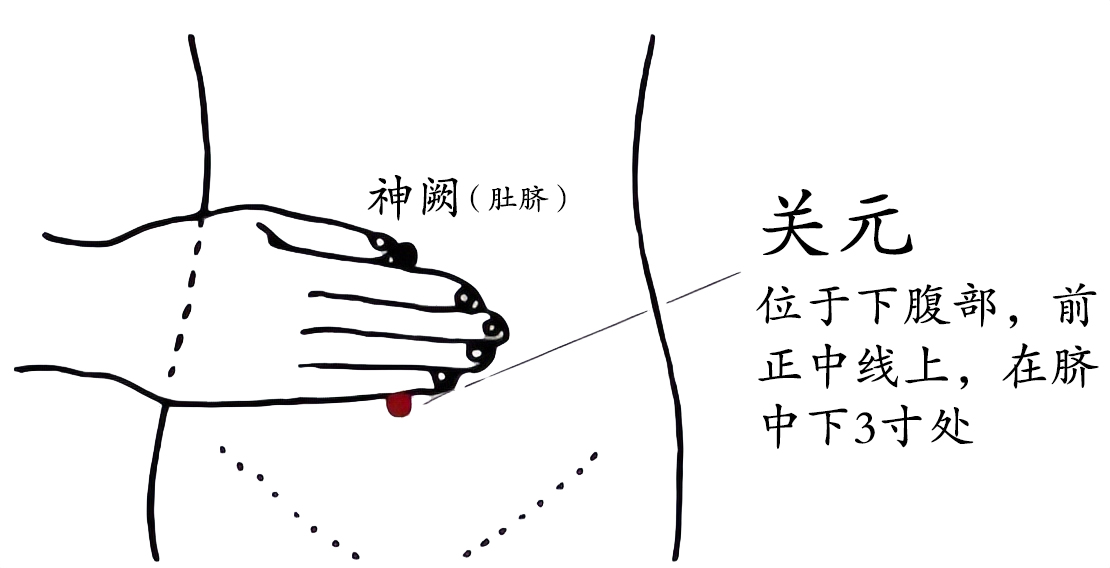
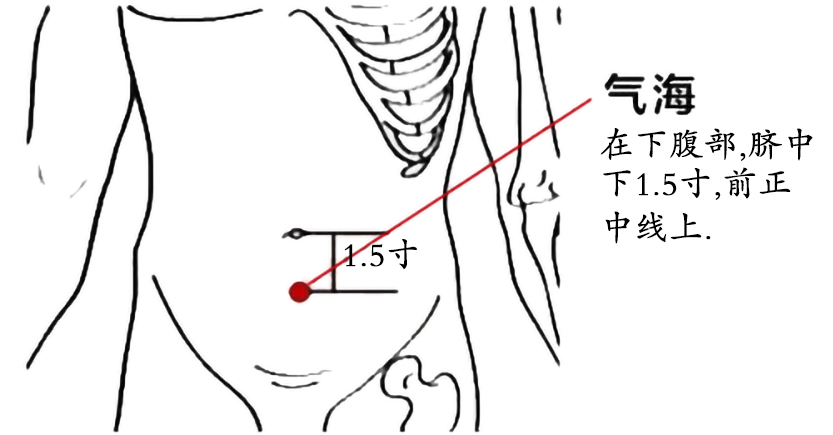
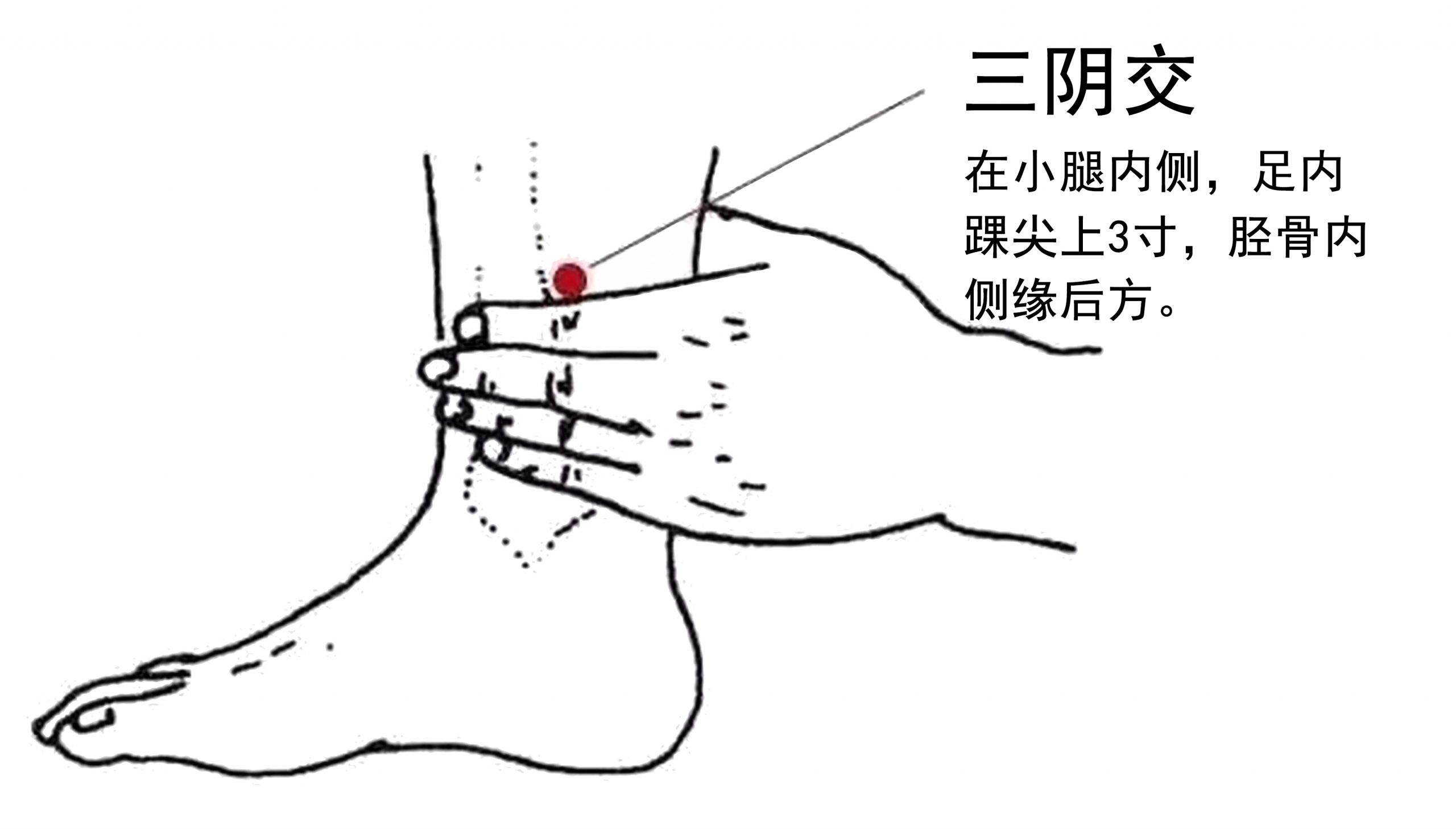
Enhance immunity
Autumn is a season with a high incidence of diseases such as colds and influenza. Moxibustion can regulate the human immune system, enhance human immunity, and prevent the occurrence of diseases. Moxibustion on acupoints such as Dazhui (GV14), Fengmen (BL12), and Mingmen (GV4) can invigorate the yang qi, resist external pathogens, and improve the body’s disease resistance ability.
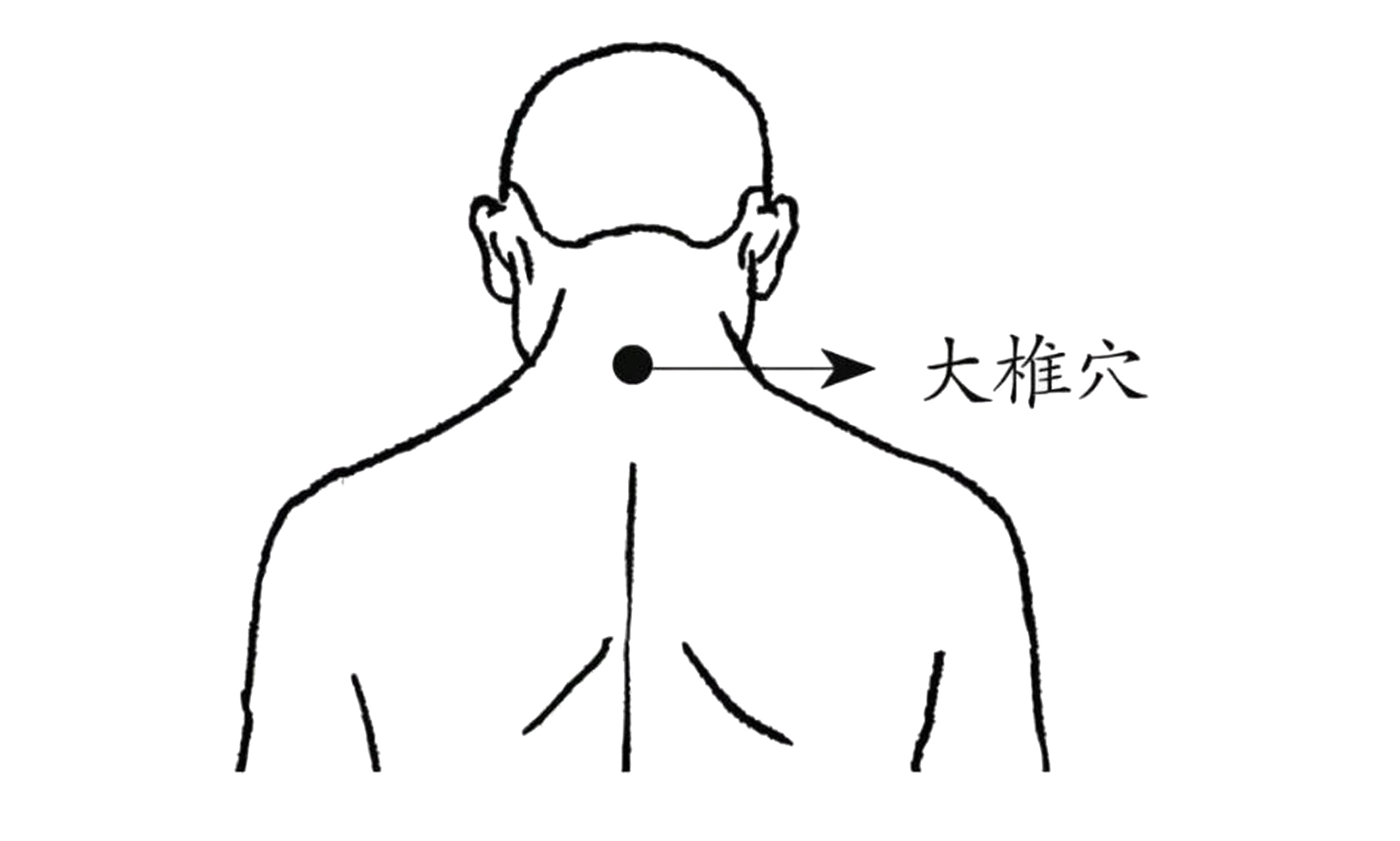
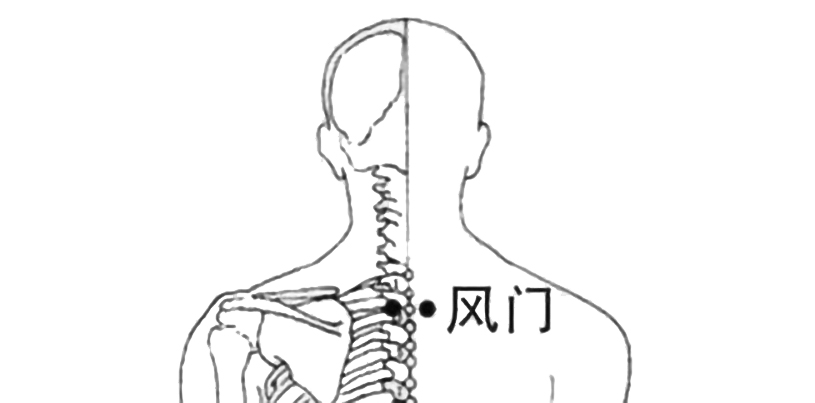
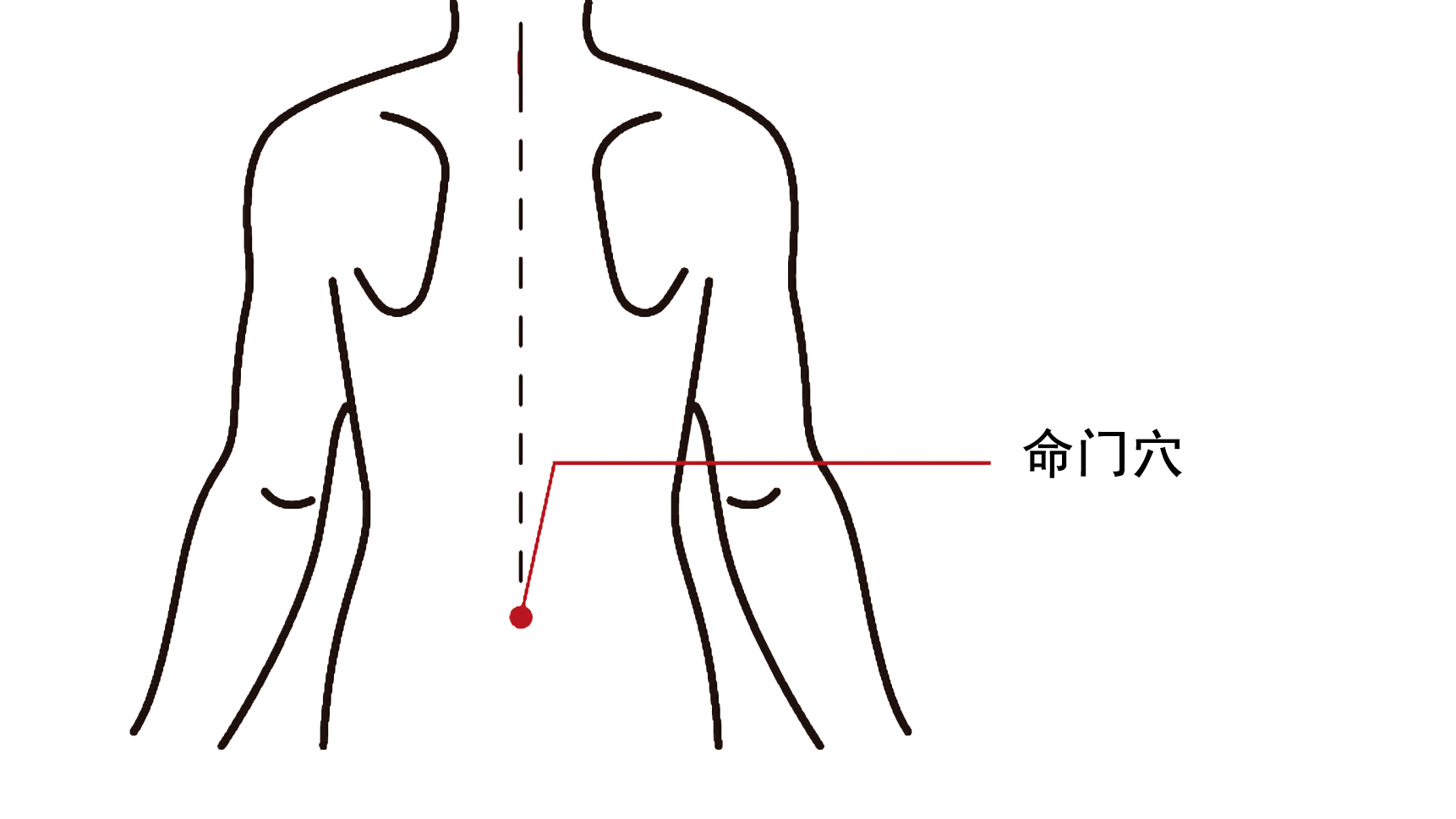
Ⅲ、Precautions for Moxibustion in Autumn
Pay attention to keeping warm.
In autumn, the temperature gradually drops, and after moxibustion, the pores of the human body are in an open state, making it easy to be invaded by wind-cold pathogens. Therefore, after moxibustion, it is necessary to pay attention to keeping warm and avoid being exposed to the wind or catching a chill. You can drink a cup of warm water after moxibustion to help the body expel toxins. At the same time, put on clothes in a timely manner to prevent catching a cold.
Choose an appropriate time.
It is best to perform moxibustion in autumn in the morning or afternoon, and avoid doing it at night. Because the yang qi of the human body gradually converges at night, and moxibustion at this time is likely to disrupt the yang qi and affect sleep. In addition, the duration of moxibustion should not be too long. Generally, it is appropriate to perform moxibustion for about 30 minutes each time.
Vary from person to person.
Moxibustion in autumn should be selected according to an individual’s constitution and condition. For those with a weak constitution and who are prone to catching colds, the frequency and duration of moxibustion can be appropriately increased. For people with yin deficiency and excessive fire or a hot constitution, the frequency and duration of moxibustion should be reduced to avoid aggravating the symptoms. At the same time, special groups such as pregnant women, patients with hypertension, and patients with heart disease had better consult a doctor’s advice before undergoing moxibustion.
Ⅳ、Common Acupoints and Methods of Moxibustion in Autumn
Feishu point(BL13)
Location: It is located on the back, below the spinous process of the third thoracic vertebra, 1.5 cun lateral to it.
Method: Light an moxa stick, aim it at the Feishu point for moxibustion, keeping a distance of 2-3 centimeters from the skin. It is advisable that there is a warm sensation at the local area without a burning pain. Each moxibustion session lasts for 15-20 minutes, and it can be carried out 2-3 times a week.
Zhongwan point(CV12)
Location: It is located in the upper abdomen, on the anterior median line, 4 cun above the umbilicus.
Method: Use a moxa stick to perform mild moxibustion on the Zhongwan point. Each moxibustion session lasts for 20-30 minutes, and it can be carried out 2-3 times a week. You can also use a moxibustion box for moxibustion. Place the moxibustion box on the Zhongwan point, light the moxa stick and put it into the moxibustion box for warm moxibustion.
Guanyuan point(CV4)
Location: It is located in the lower abdomen, on the anterior median line, 3 cun below the umbilicus.
Method: For moxibustion on the Guanyuan point, you can adopt the methods of mild moxibustion or moxibustion with ginger separation. When performing mild moxibustion, aim the moxa stick at the Guanyuan point, keeping a distance of 2-3 centimeters from the skin. Each moxibustion session lasts for 20-30 minutes, and it can be carried out 2-3 times a week. When performing moxibustion with ginger separation, cut fresh ginger into thin slices with a diameter of about 3 centimeters and a thickness of about 0.3 centimeters, and prick several small holes in the middle with a needle. Then place the ginger slice on the Guanyuan point, put a moxa cone on the ginger slice and light it for moxibustion. Each moxibustion session uses 3-5 moxa cones, and it can be carried out 1-2 times a week.
In general, moxibustion in autumn is an excellent health preservation method. Through moxibustion, we can nourish both the body and mind, enhance physical fitness, and prevent diseases, enabling us to face the challenges of life in a healthier state during this harvest season. However, when performing moxibustion, it is necessary to pay attention to selecting appropriate acupoints and methods, and follow the precautions to ensure the safety and effectiveness of moxibustion.



